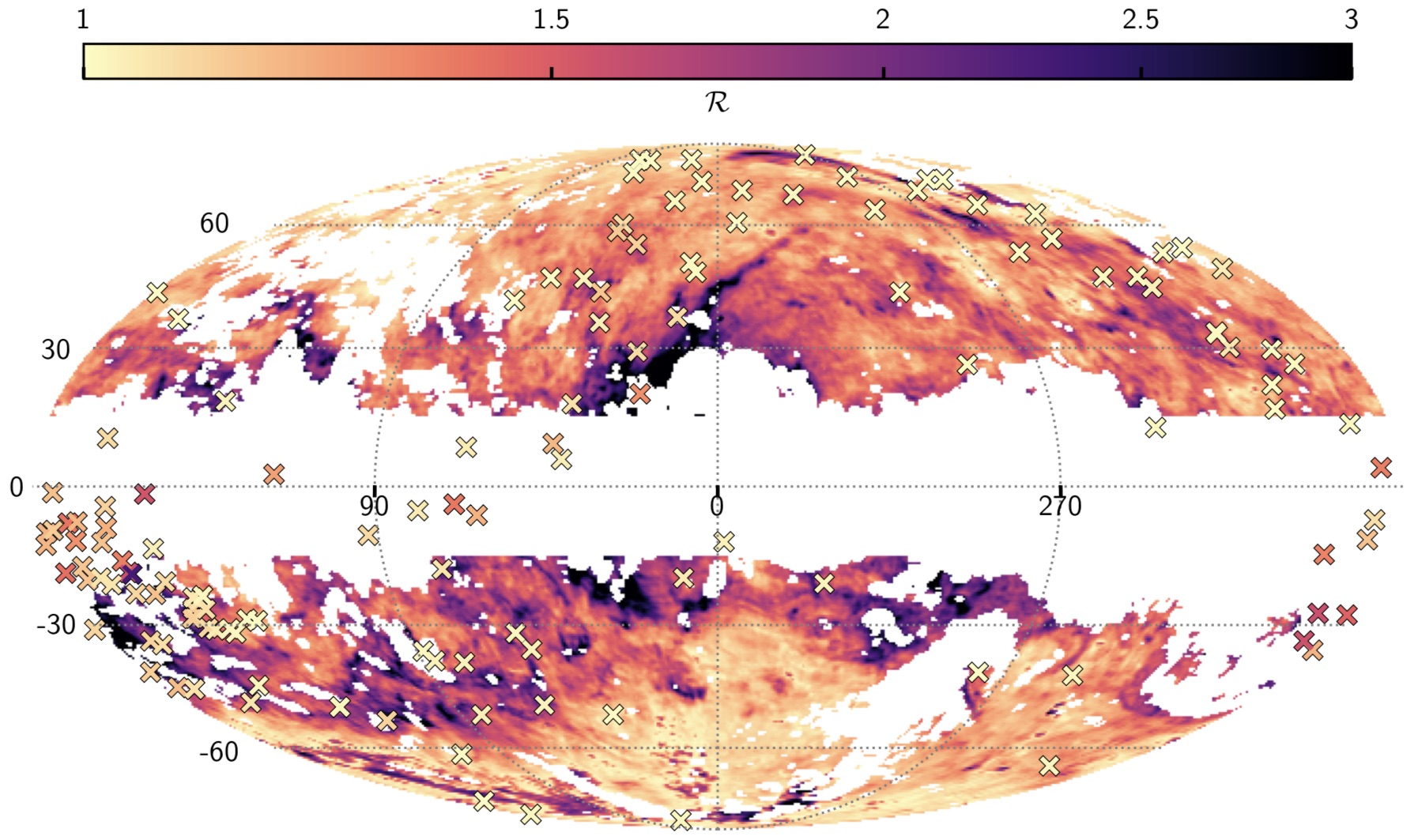The local interstellar medium (ISM) is suffused with “dark” gas, identified by excess infrared and gamma-ray emission, yet undetected by standard ISM tracers such as neutral hydrogen (H I) or carbon monoxide emission. Based on observed dust properties from Planck, recent studies have argued that H I mixed with dust is strongly saturated and that dark gas is dominated by optically thick H I. We test this hypothesis by reproducing this model using data from Planck and new 21 cm emission maps from GALFA-H I—the first large-area 21 cm emission survey with comparable angular resolution to Planck. We compare the results with those from a large sample of H I column densities based on direct observations of H I optical depth, and find that the inferred column density corrections are significantly lower than those inferred by the Planck-based model. Further, we rule out the hypothesis that the pencil-beam H I absorption sight lines preferentially miss opaque “blobs” with small covering fraction, as these structures require densities and pressures that are incompatible with ISM conditions. Our results support the picture that excess dust emission in the local ISM is not dominated by optically thick H I, but is rather a combination of intrinsic changes in dust grain emissivities and H2 missed by CO observations.
Murray, Claire E.; Peek, J. E. G.; Lee, Min-Young; Stanimirovic, Snezana
2018, The Astrophysical Journal, 862, 131
http://adsabs.harvard.edu/abs/2018ApJ…862..131M
